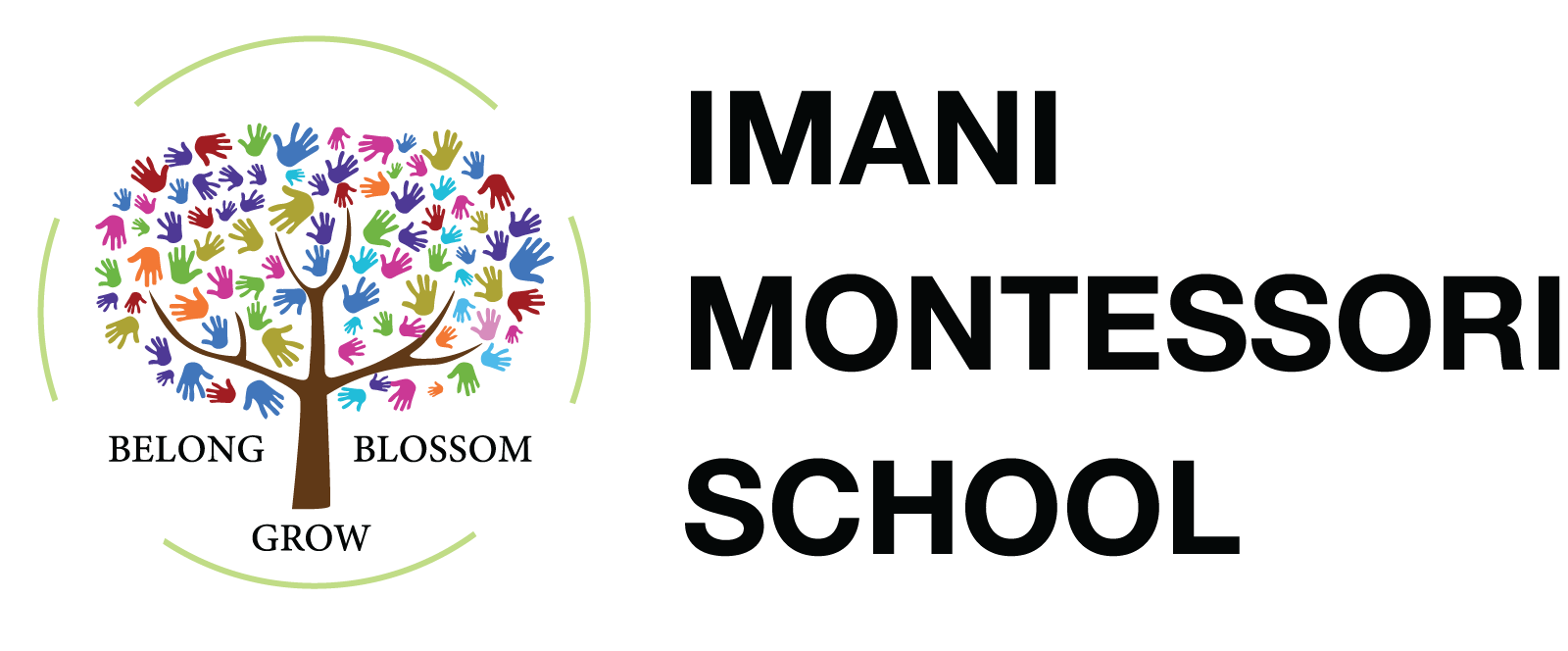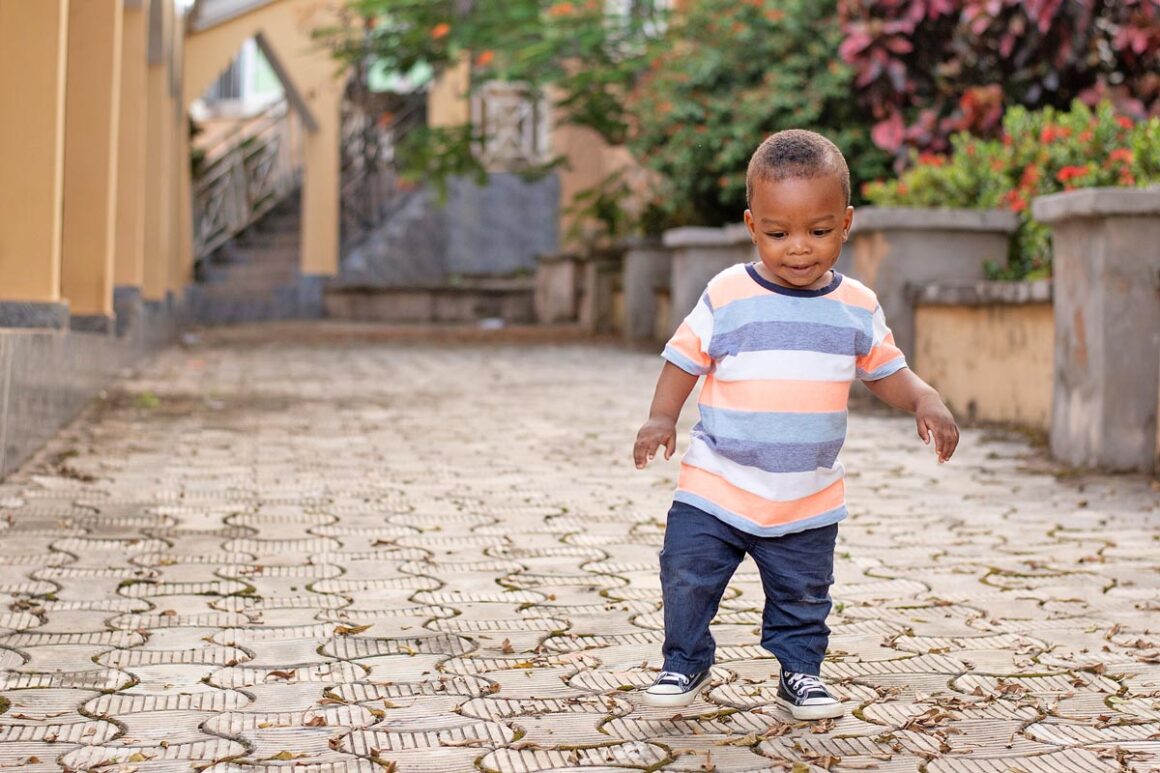Montessori education emphasizes the importance of allowing children to move freely. We understand that children’s interactions with their environment shape their developing minds, and movement is a key factor in their ability to understand the world. During the early years, from 0 to 6, children’s movement greatly influences their overall development.
When children have the freedom to move, they strengthen their bodies and develop coordination, even from infancy. By exploring their surroundings through movement, they learn about their own bodies and how they can interact with the world. The freedom to move also helps them develop problem-solving skills. They learn to make choices about how to move in order to meet their needs, such as moving along, around, above, across, and through various spaces.
Movement is also a form of communication for children. Even before they can speak, infants use movement to convey their emotions and express their needs. As they develop verbal skills, they learn to express themselves more intricately through facial expressions, body language, and eye contact. Physical touch is particularly important during this stage as children build relationships with others through their bodily interactions.
Inside Imani Montessori’s classrooms for infants, you will notice an environment that encourages free movement. Instead of cribs and high chairs, children have access to floor beds that they can crawl in and out of independently, as well as low chairs that are close to the ground. Mobiles are hung low to provide captivating visual stimuli. The floors are designed with different surfaces to explore and move across. Infants are held in caregivers’ arms or supported in stationary chairs, avoiding restrictive high chairs or electronic devices.
In our toddler classrooms, you will find low shelves with various manipulatives for children to interact with. They have opportunities to climb, engage in active play, and explore different surfaces. Toddlers even learn to handle objects and real tools. The toileting stations are designed to allow freedom of movement, enabling toddlers to actively participate in diaper changes, learn to take care of their personal hygiene, and eventually master using toilets and sinks appropriate for their size.
In early childhood classrooms, children have the freedom to move throughout the space at their own pace. They can work while standing, lying down, or sitting at a table. They may carry objects across the room, promoting physical engagement. Similar to the younger classrooms, the furniture is designed to promote independence, with low chairs and tables, comfortable spaces, ladders, stools, and easily accessible sinks.
Throughout these environments, we prioritize children’s freedom to move. We create spaces that align with their physical abilities, allowing them to explore and discover. Instead of directing their movements, we encourage children to follow their curiosity. The physical environment is carefully designed to support their needs, avoiding heavy furniture or inaccessible shelves that hinder their natural exploration. Battery-operated or electronic distractions are absent, allowing children to focus on their bodies and develop a genuine understanding of themselves and the world.
At Imani Montessori, we recognize that movement plays a crucial role in a child’s growth, learning, and self-discovery. By providing an environment that supports freedom of movement, we empower children to explore, learn, and thrive on their unique developmental journey.


Join the Conversation